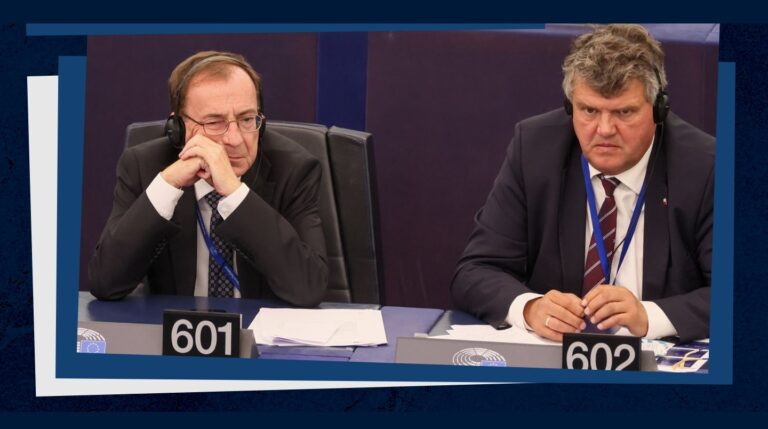According to a survey conducted in early September, the vast majority of Ukrainians support the war effort defending the country’s sovereignty against Russia’s assault. While 70 per cent of Ukrainians said that the war should be continued until Kyiv wins the war, only 26 per cent of respondents opined that it was time to start negotiations with Moscow to put an end to the conflict. 91 per cent of those who supported the continuation of the war said ’victory’ should mean the return of all occupied territories to Ukraine (including the ones annexed by Russia in 2014). 5 per cent argued for the return only of those territories that had been occupied since February 2022, and only 4 per cent were in favour of regaining all territories with the exception of Crimea. Those living in the Western regions of Ukraine and in Kyiv overwhelmingly said they supported the continuation of the war (82 per cent and 83 per cent respectively), while the enthusiasm for the prolongation of the war was the lowest in the Southern and Eastern Ukrainian regions (the ones that are the most affected by the war), with only 58 per cent and 56 per cent respectively expressing support for the continuation of the conflict.
The Gallup poll came with a warning, however. A cold winter, with the Ukrainian population unable to afford rising energy prices, might turn the public opinion against the war. As the Russian forces are increasingly keen on targeting the country’s critical infrastructure, resulting in the rapid deterioration in living conditions, the enthusiasm for fighting might vanish even faster than earlier predicted. While in the early stage of the invasion Russia did not target the country’s critical infrastructure, more recent missile strikes are directed exactly these weak spots that are crucial for people’s everyday life. On Tuesday alone Moscow hit Ukraine with 90, high precision missiles, damaging the energy grid of the country (as well as waterworks, dams and other power plants), leaving a large part of Ukraine without power. According to President Zelensky’s, 10 million Ukrainians (over 20 per cent of the whole population) were left without electricity after the strikes. In sum, the attacks of the last couple of weeks have destroyed around 40 per cent of Ukraine’s energy infrastructure.
Since the beginning of the invasion, seven million Ukrainians have sought refugee status abroad, while an additional six million are now internally displaced. Unemployment rose to a staggering 35 percent. As a result, the poverty rate has skyrocketed from 2.5 per cent in 2020 to 25 per cent—and it is expected to further increase.
The estimated damage to the Ukrainian infrastructure is $95.5 billion as of June, and since then that figure has only increased.
305 bridges, 19 airports, 57 railways stations and 24,000 km of roads have been damaged, as well as 40 per cent of housing all across Ukraine. In addition, 378 education institutions, 138 healthcare facilities and 92 factories and warehouses have been affected by the ongoing war. The total cost of the destruction does not include the loss of profit to Ukrainian businesses, which is also sky-high—the tourism industry alone has lost $7 billion to the war.
As a result of the devastation inflicted on the country by the war Ukraine’s GDP is expected to shrink by 35 per cent, while the monthly government deficit is at $5 billion. Consequently, Ukraine needs around $55 billion more in international aid ($38 billion to cover the expected budget deficit and $17 billion to rebuild the infrastructure) just to survive.
It is worth noting that the massive damage has been suffered by a country that was poor even before the invasion. In 2021, they year before the aggression, the GDP per capita of Ukraine was 4,835 USD, comparable to the GDP per capita of countries such as Indonesia (4,291 USD), Kosovo (4,986 USD), and much below that of Libya (6 018 USD) and Thailand (7 233 USD) in the same year.
The deteriorating economic situation presents the Kyiv administration with two challenges. First, the domestic population might become less and less willing to keep on fighting as their living standards rapidly decline. Ukrainians may also soon become exhausted by the war effort, especially if the winter is harsh. Second, the ability of Europe and of the United States to supply Ukraine with more aid might be compromised as they are also struggling with the economic consequences of the global crisis induced by the war and the Western world’s sanctions policy. Decreasing internal support and less international aid might ultimately hinder Ukraine’s effort to push back against the Russian invasion.








